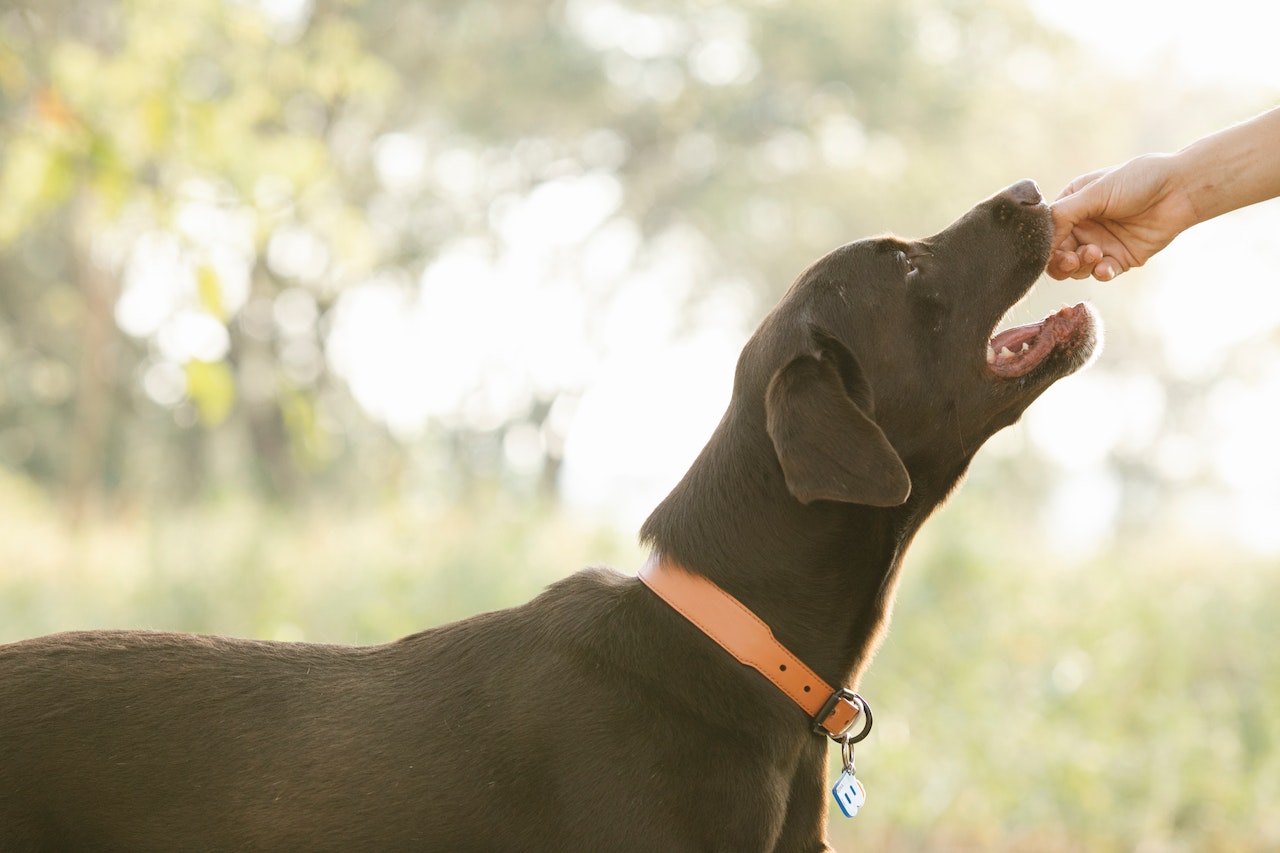FSB, Street No. 22, Punjab, Pakistan
Dogs have a unique way of communicating their needs to their owners, and one of the most common needs is hunger. As responsible pet owners, it’s crucial to recognize the signs when our furry friends are hungry. This article will provide you with a comprehensive list of ten signs that indicate your dog is hungry. By understanding these signs, you can ensure your dog’s well-being and respond promptly to their needs.
Increased Appetite:
One of the primary signs that your dog is hungry is an increase in their appetite. You may notice your dog finishing their meals quickly or searching for food immediately after eating. They may also exhibit behaviors like begging, stealing food, or trying to scavenge for scraps. Pay attention to any significant changes in their eating habits as it may indicate hunger.
Whining or Vocalization:
When dogs are hungry, they often use vocalizations to communicate their needs. You may notice your dog whining, whimpering, or barking more frequently than usual. This behavior is their way of grabbing your attention and expressing their hunger. Responding promptly to their vocalizations will help ensure they receive the nourishment they need.
Restlessness and Pacing:
Restlessness and pacing are common signs of hunger in dogs. If your dog is constantly moving around or seems unable to settle down, it could indicate hunger. They may follow you around the house, constantly seeking your attention and exhibiting signs of anxiety. Pay attention to their behavior and provide them with food when necessary.
Increased Salivation:
Dogs often drool more when they are hungry. If you notice your dog drooling excessively, even in the absence of food or treats, it may be a sign that they are hungry. Excessive salivation is a natural response to the anticipation of food, and it is essential to address their hunger promptly to avoid discomfort.
Chewing or Gnawing:
Hunger can lead to excessive chewing or gnawing behavior in dogs. They may try to chew on objects that are not their toys or may exhibit destructive chewing behavior. This behavior serves as a way to alleviate hunger or distract themselves from it. Ensure that your dog has appropriate chew toys available and provide them with regular meals to curb this behavior.
Loss of Interest:
When a dog is hungry, they may lose interest in their usual activities or toys. They may become less enthusiastic about playing, interacting with family members, or participating in their regular exercise routine. This loss of interest is often a clear indicator that they are craving food and need to be fed.
Seeking Attention:
Hungry dogs often seek more attention from their owners. They may nudge or paw at you, jump on you, or try to climb onto your lap. By pursuing your attention, they are attempting to communicate their hunger and their desire for you to provide them with food. Responding to their cues promptly will help meet their needs and strengthen the bond between you.
Changes in Body Language:
Dogs display subtle changes in their body language when they are hungry. They may exhibit a hunched posture, with their head lowered and tails tucked between their legs. Their ears may also be drooping or positioned backward. These physical cues indicate that your dog is experiencing hunger and may require nourishment.
Weight Loss or Poor Condition:
If your dog is consistently hungry and not receiving adequate nutrition, it may lead to weight loss or a decline in their overall body condition. You may notice their ribs or hip bones becoming more prominent, or their coat appearing dull and lacking luster. Regularly monitoring your dog’s weight and body condition will help you identify hunger-related issues promptly.
Begging Behavior:
Begging is an expected behavior exhibited by dogs when they are hungry. They may sit or stand near you, fix their gaze on you, and give you pleading looks. They may also paw at you or whine to grab your attention. While begging can be endearing, it’s important not to reinforce this behavior by giving in to their demands. Instead, ensure they are on a regular feeding schedule to prevent excessive begging.
Increased Food-Related Exploration:
When dogs are hungry, they may exhibit increased exploration behavior related to food. They may sniff around the kitchen or food storage areas, trying to find any possible sources of nourishment. Dogs have an incredible sense of smell, and they can detect even the faintest scent of food. If you notice your dog actively searching for food or showing interest in food-related areas, it’s a clear sign of hunger.
Gulping or Eating Non-Food Items:
Extreme hunger can lead dogs to engage in unusual eating behaviors, such as gulping down their food quickly or attempting to eat non-food items. They may even start eating grass or other plants in an attempt to satisfy their hunger. This behavior, known as pica, can be dangerous and lead to gastrointestinal blockages. Ensure your dog is fed regularly and consult a veterinarian if this behavior persists.
Attention to Feeding Time:
Dogs are creatures of routine, and when they are hungry, they become highly attentive to feeding time. They may start pacing or waiting by their food bowl at their usual mealtime. They may also become excited or show signs of anticipation, such as wagging their tail vigorously or jumping up and down. Pay attention to these cues and ensure you stick to a consistent feeding schedule.
Digestive Issues:
Hunger can also manifest in dogs through digestive issues. If your dog is experiencing hunger, it may have an increased frequency of stomach grumbling or rumbling sounds. They may also exhibit signs of flatulence or loose stools. It’s important to note that digestive issues can also be caused by other factors, so it’s advisable to consult with a veterinarian if you notice persistent gastrointestinal problems.
Conclusion:
Recognizing the signs of hunger in your dog is essential for their overall well-being. Increased appetite, vocalization, restlessness, chewing, loss of interest, seeking attention, changes in body language, weight loss, begging behavior, increased food-related exploration, gulping or eating non-food items, attention to feeding time, digestive issues, seeking food from other sources are all indications that your dog may be hungry. By paying attention to these signs and addressing their nutritional needs promptly, you can ensure that your beloved companion remains healthy, happy, and well-nourished. Remember to establish a regular feeding schedule, provide a balanced diet, and consult with a veterinarian if you have concerns about your dog’s appetite or dietary needs.
DISCOVER AND LEARN ABOUT ANIMAL SHELTERS




